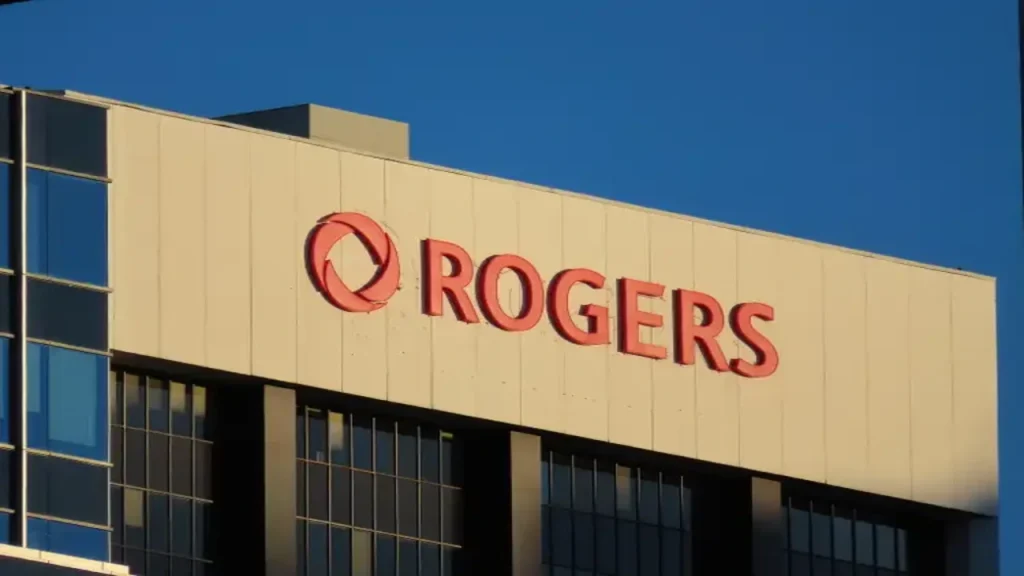- Rogers starts limited beta trial of satellite-to-mobile SMS, targeting remote areas without cellular coverage.
- The service uses Lynk satellites to connect standard mobile phones via 5G spectrum without special hardware.
What happened: Rogers launches SMS service using Lynk satellites
Canadian telecom company Rogers Communications has launched a beta trial for satellite-to-mobile text messaging, aimed at bridging coverage gaps in remote parts of the country. Announced on 16 July 2025, the service is part of the company’s collaboration with Virginia-based satellite firm Lynk Global, whose low-Earth orbit satellites enable mobile connectivity without additional devices or apps.
Participants in the trial include select customers in British Columbia and Atlantic Canada. The system allows users with standard smartphones to send and receive SMS messages using 5G spectrum, even in regions lacking cellular infrastructure. At present, the service supports only text messaging, with plans to expand to voice and data in future phases.
The company’s initiative builds on earlier partnerships with SpaceX’s Starlink to expand broadband in underserved areas. Rogers has stated its commitment to extending “reliable wireless connectivity” across the country, particularly for emergency communications in isolated locations.
Also read: Rogers secures $7B investment from Blackstone
Also read: Blackstone invests in Rogers for stability
Why it’s important
Rogers’ trial marks a step towards broader satellite integration in mainstream mobile services. Unlike earlier efforts that required satellite phones or dedicated hardware, the Lynk partnership leverages existing phones and SIM cards. This aligns with a growing industry shift, where telecoms are embedding satellite failover into terrestrial networks.
By offering SMS through satellites, Rogers addresses Canada’s well-known rural connectivity issues, especially in the North and remote Indigenous communities. It also supports public safety measures: in the aftermath of 2023’s Hurricane Fiona and 2021’s British Columbia wildfires, gaps in mobile service severely hindered emergency coordination.
Other telecom providers, such as T-Mobile US, have also pursued satellite-to-phone capabilities through deals with Starlink, but Rogers becomes one of the first to begin public trials. The competitive advantage may depend on how fast and affordably full service including voice and data can be deployed.Still, satellite-based communication remains limited by latency and bandwidth, and widespread rollout depends on regulatory, technical, and economic hurdles. The trial’s success may determine how fast Canadian users see this technology adopted at scale.

